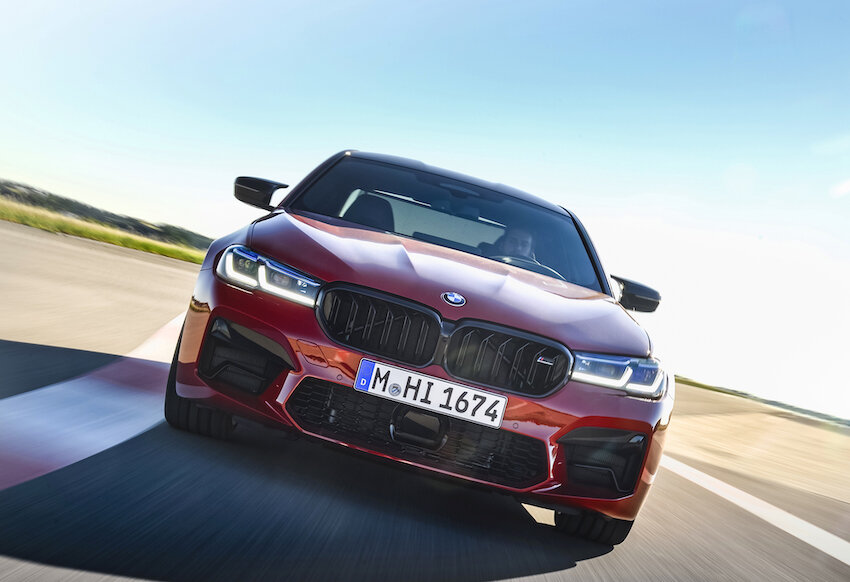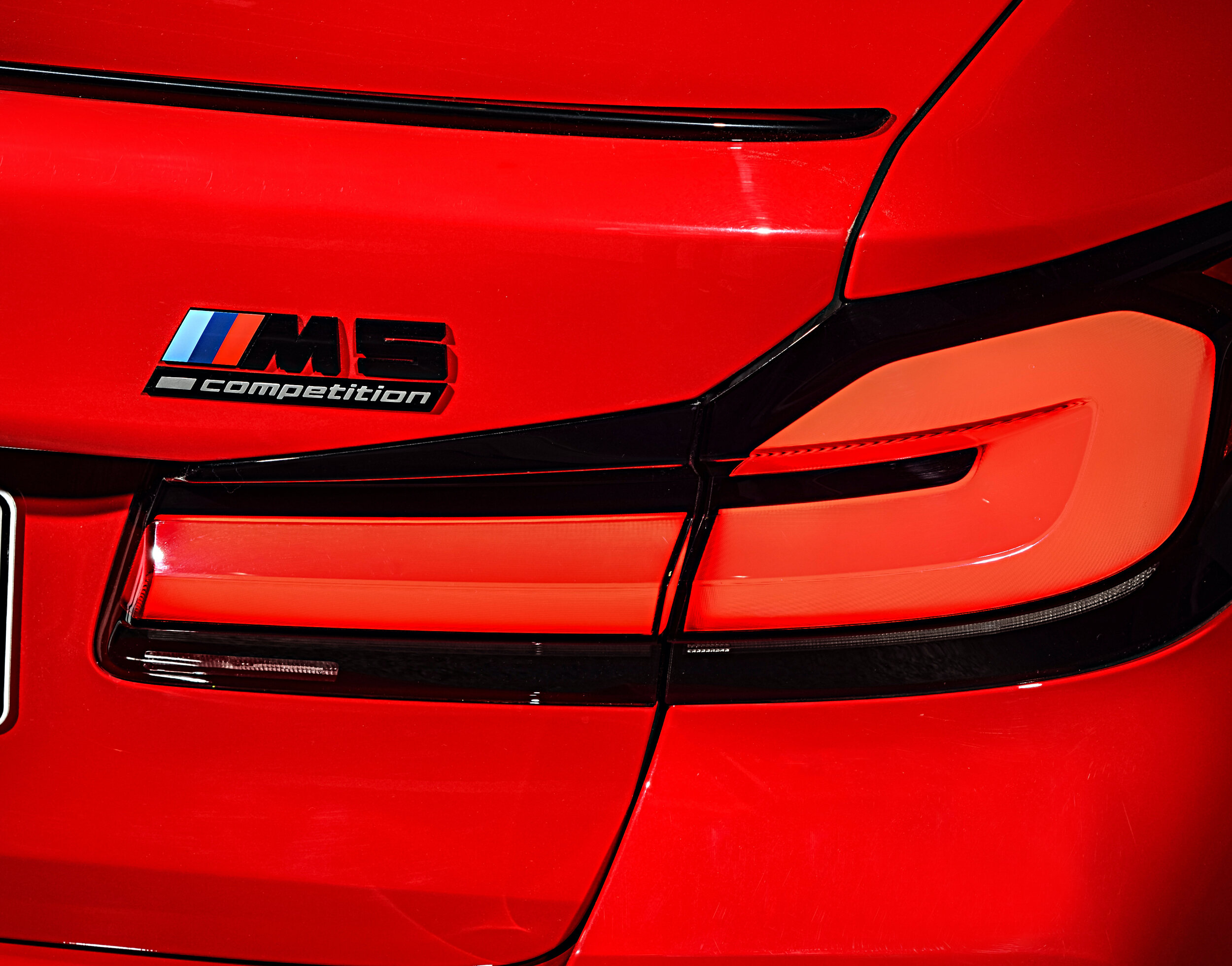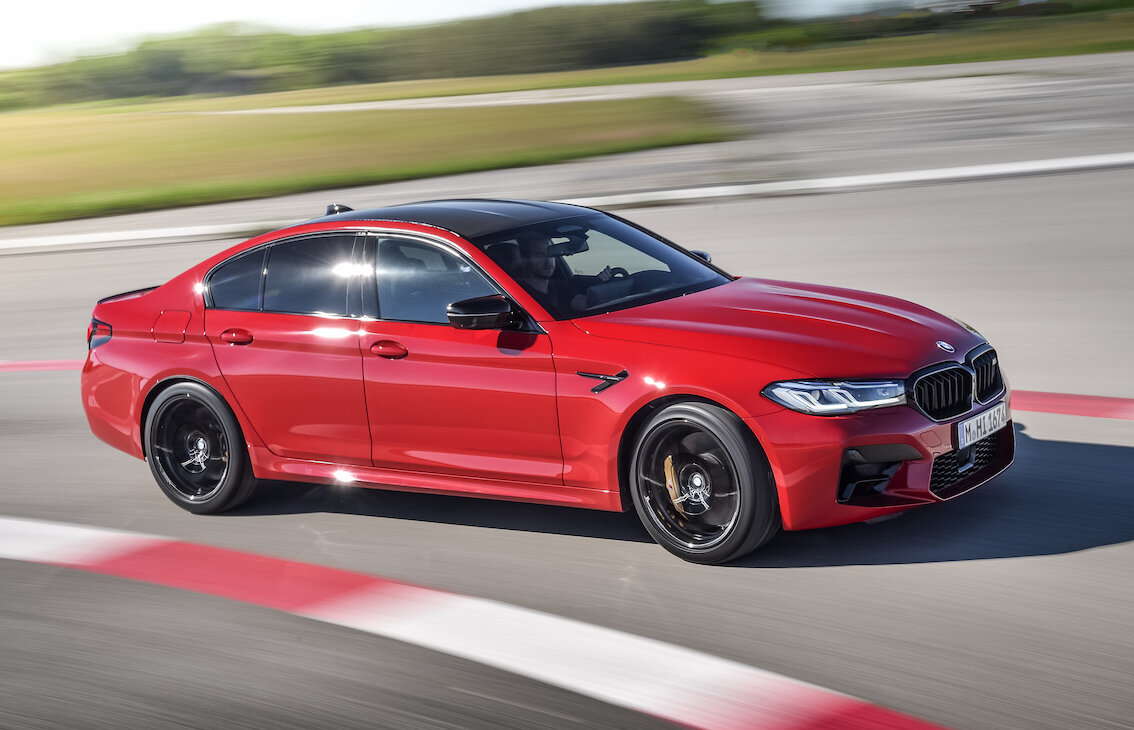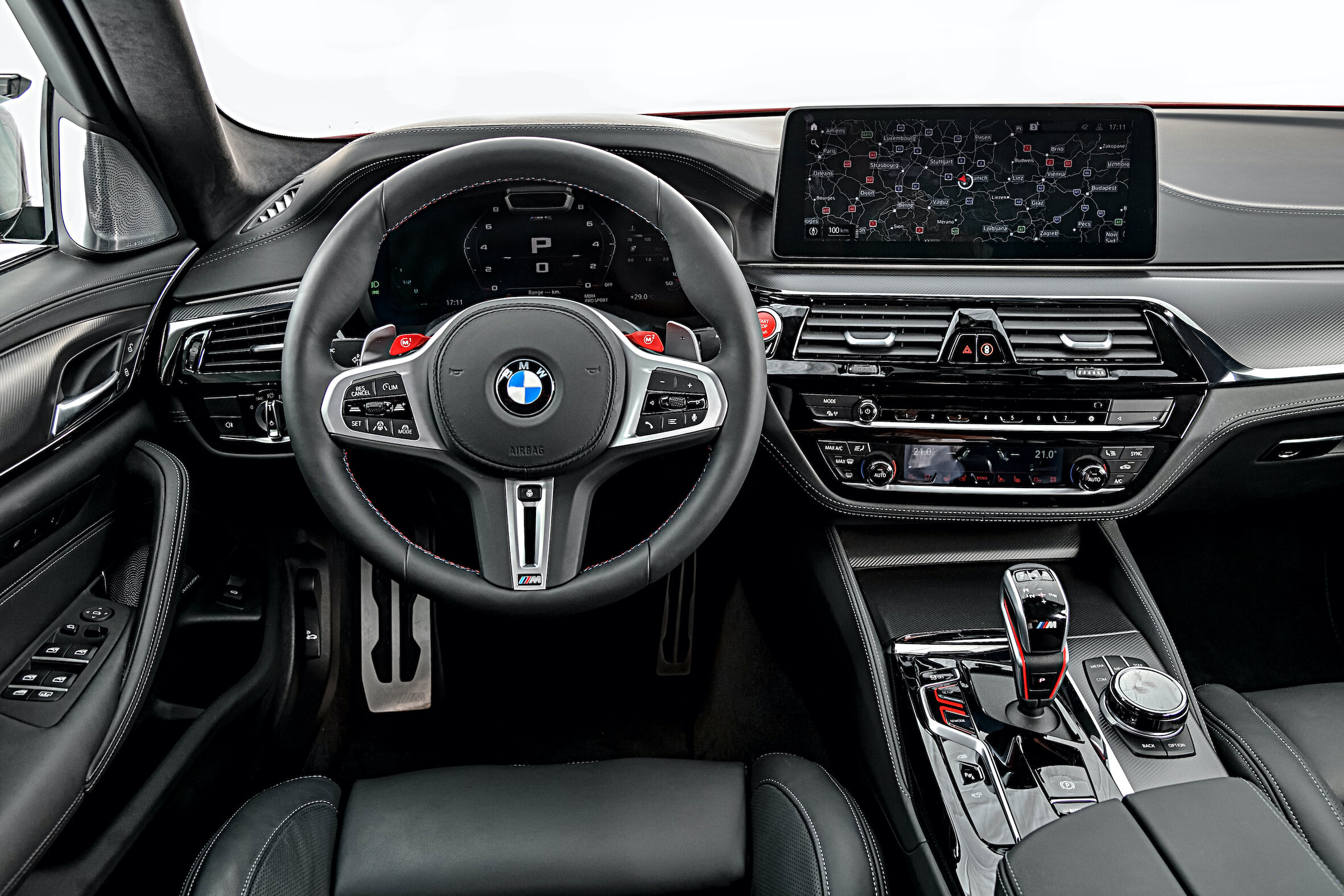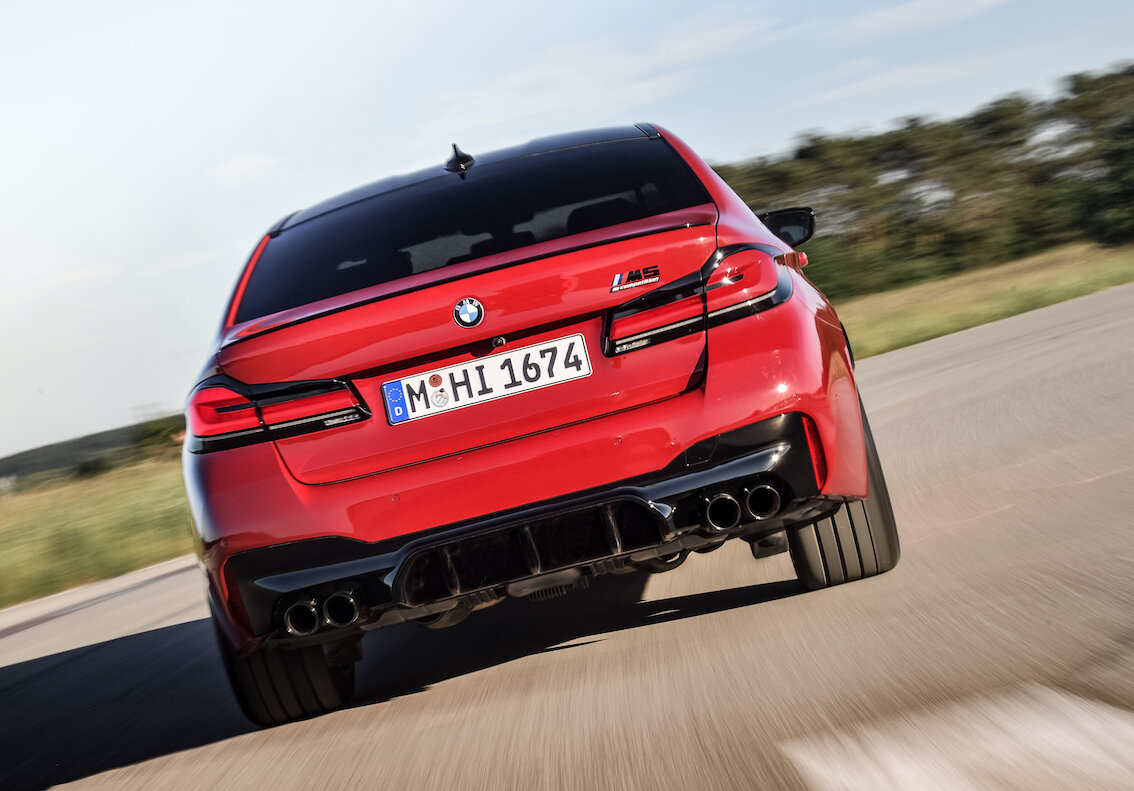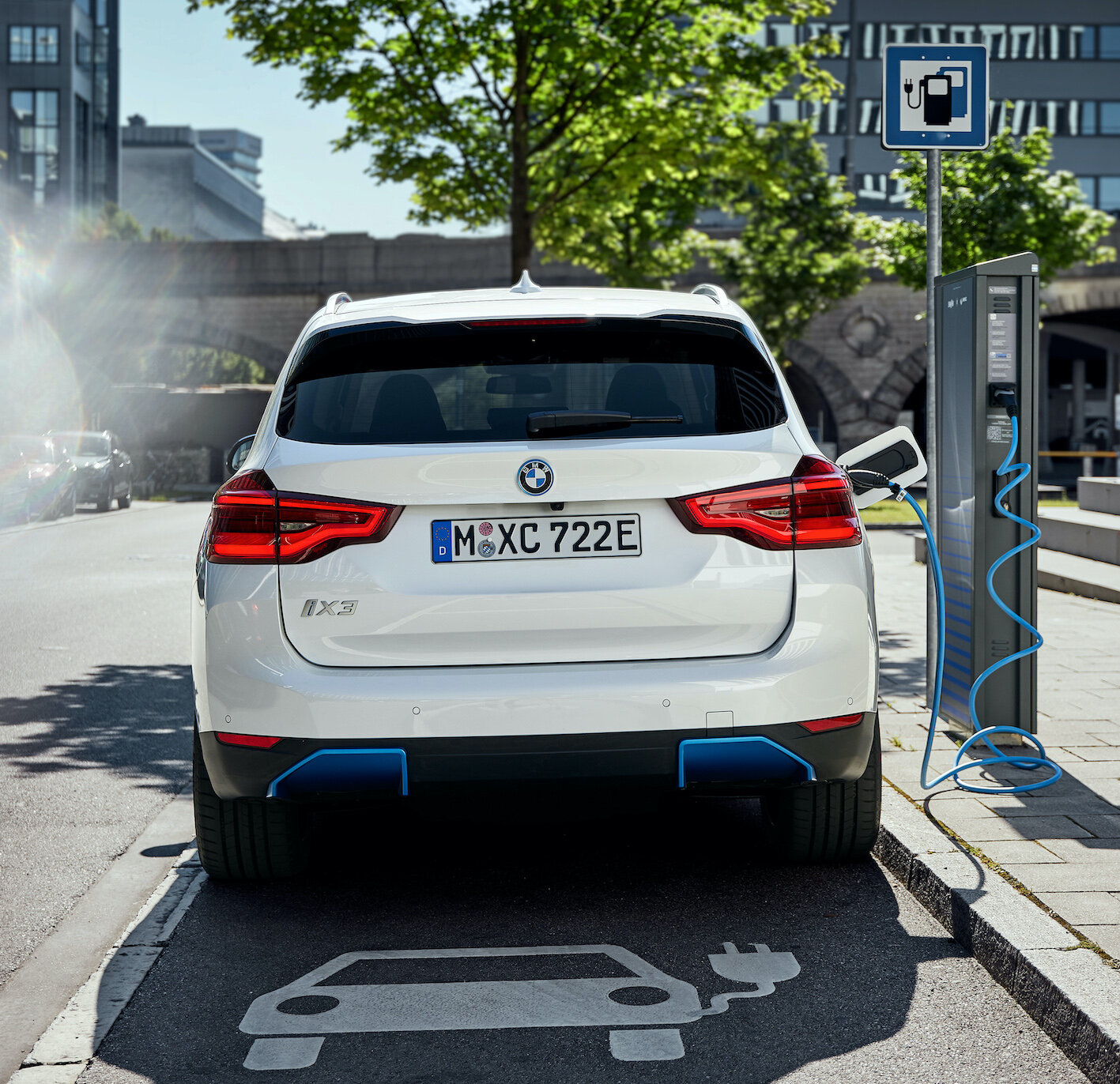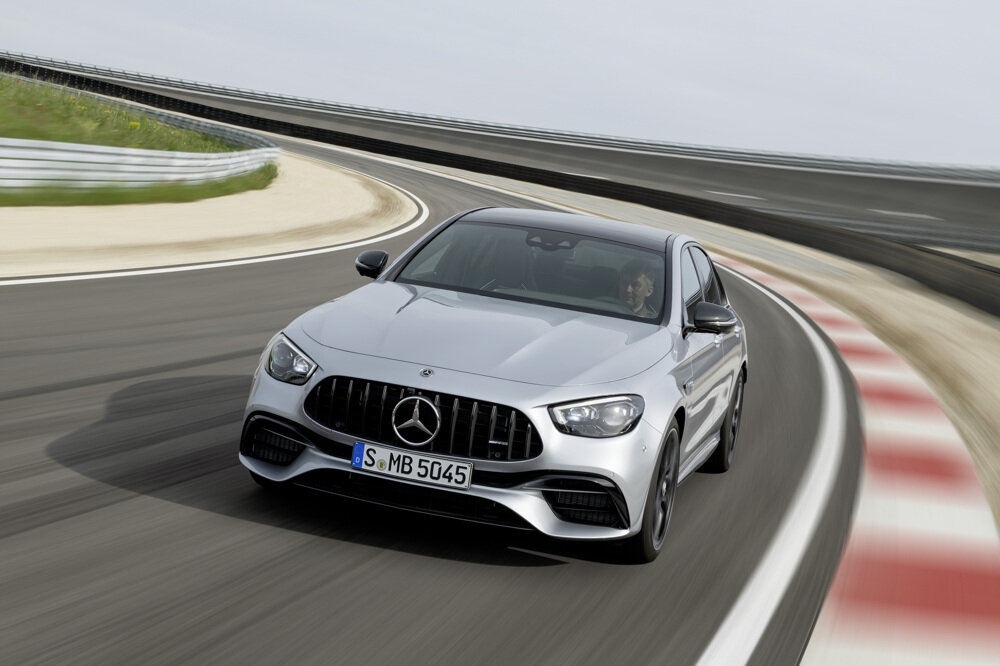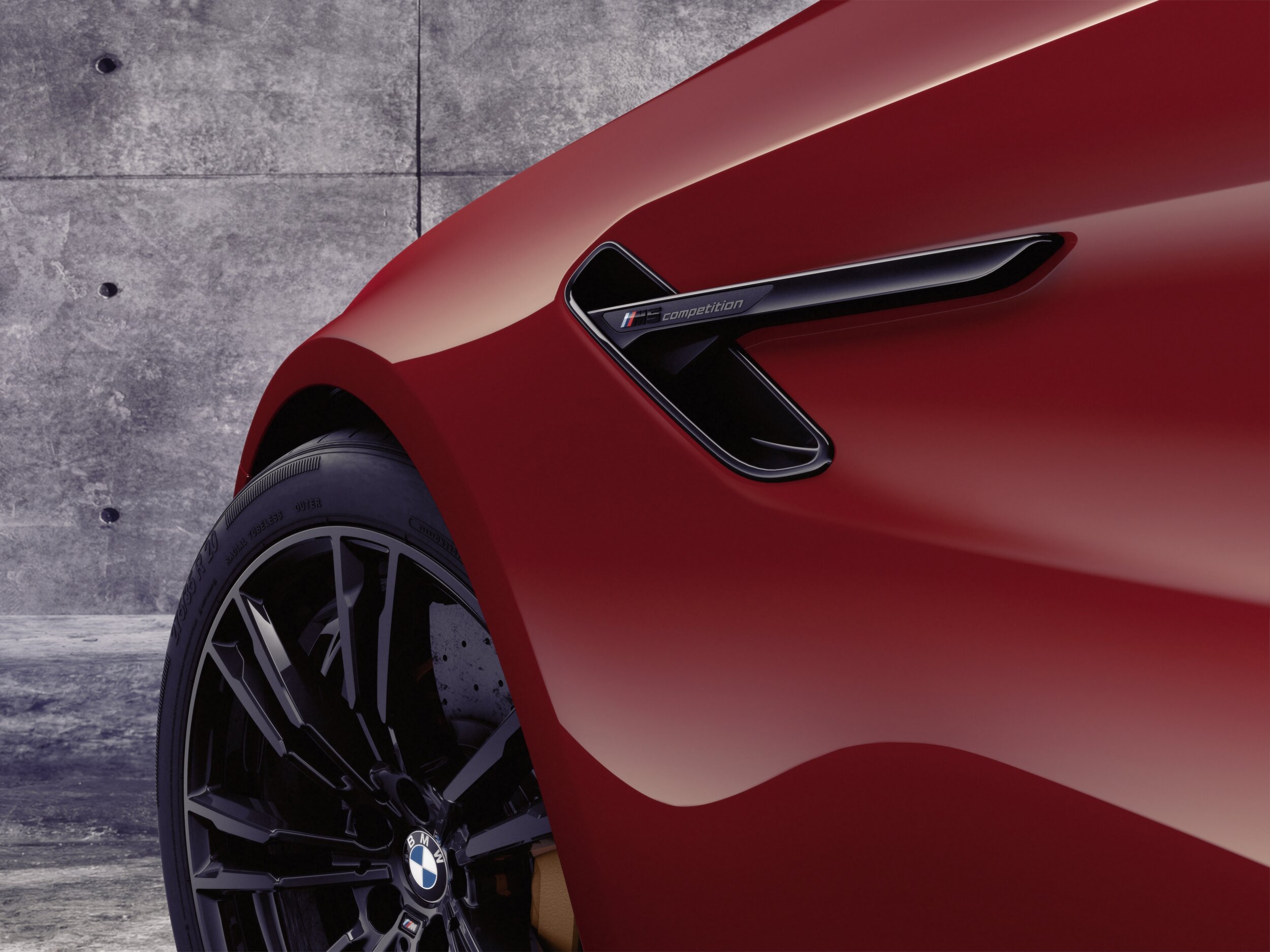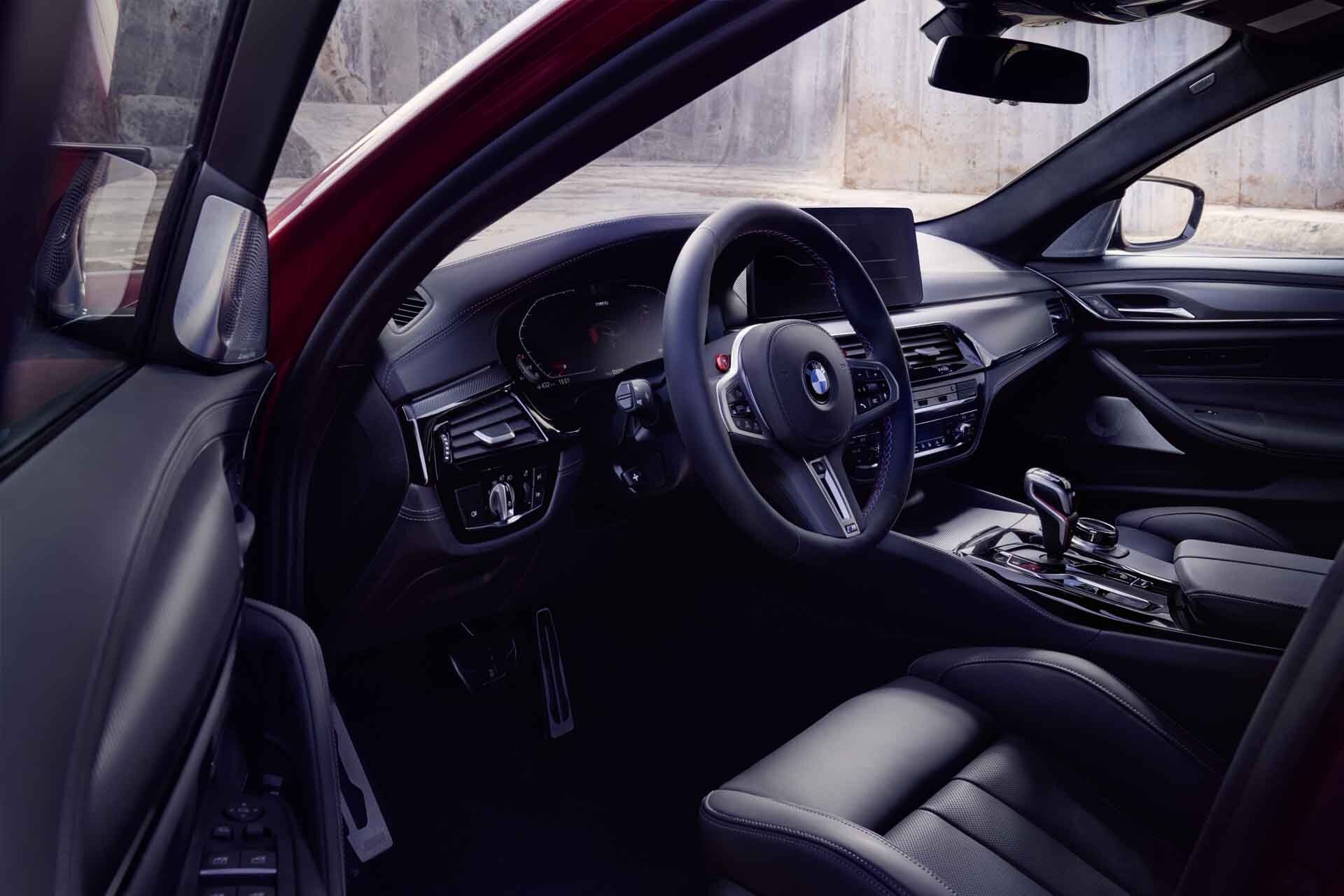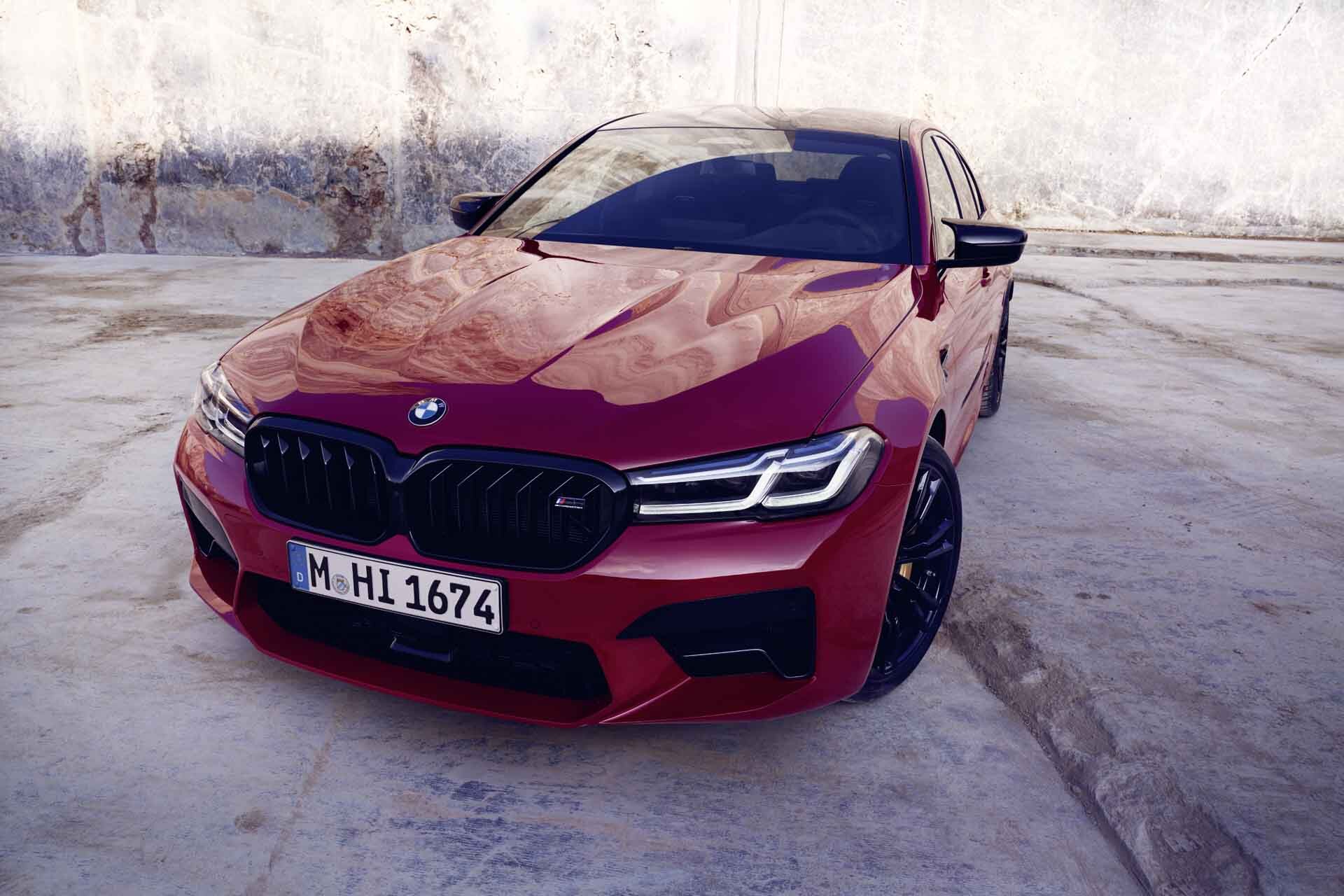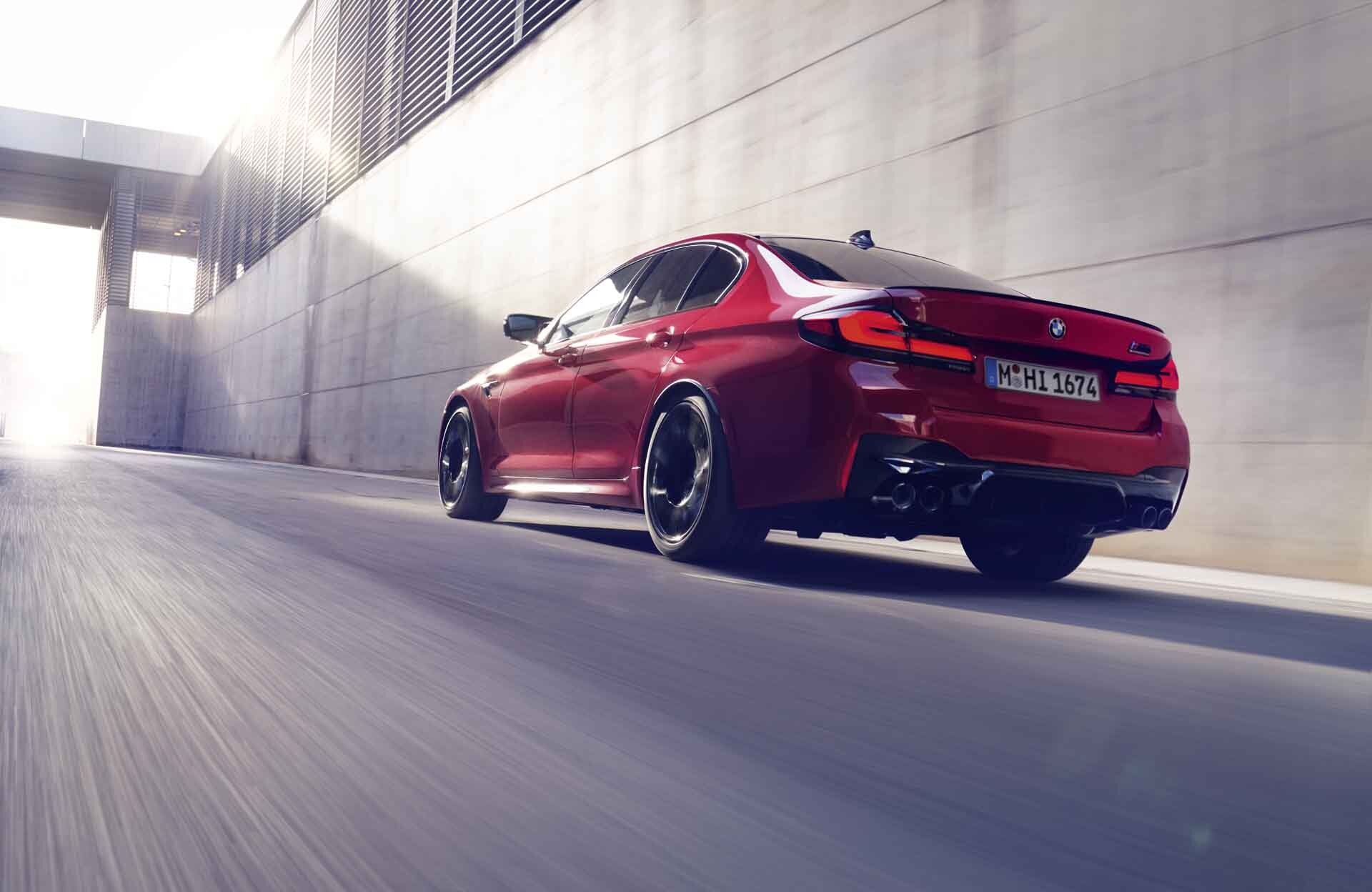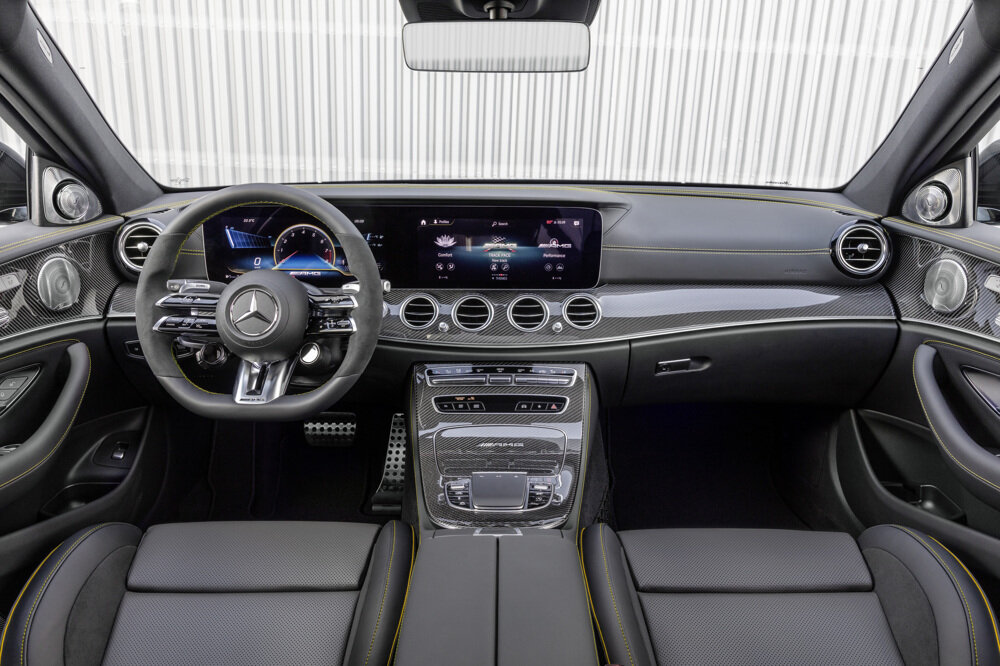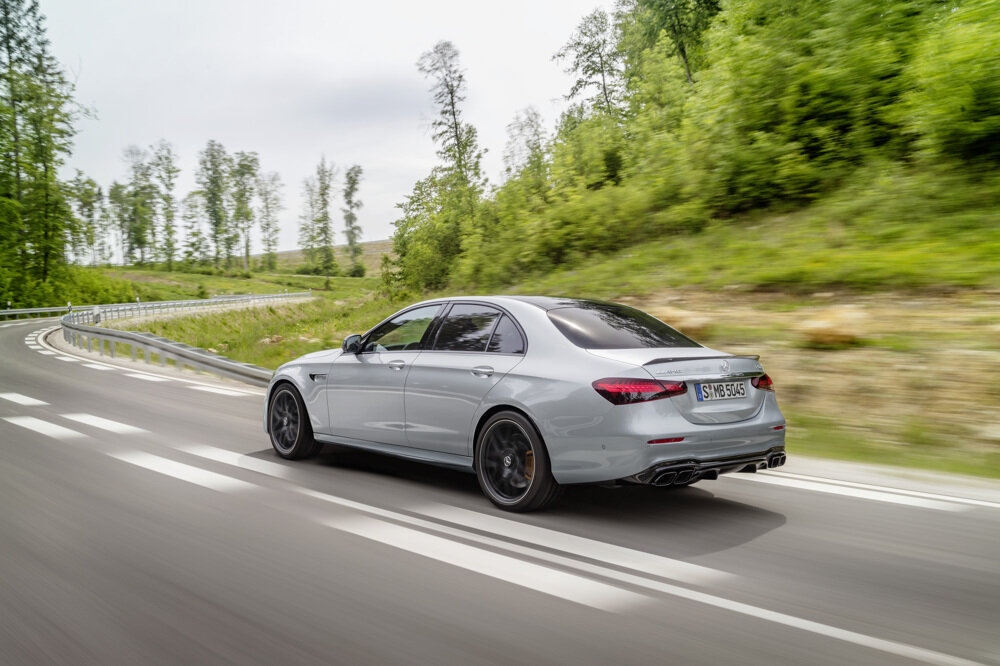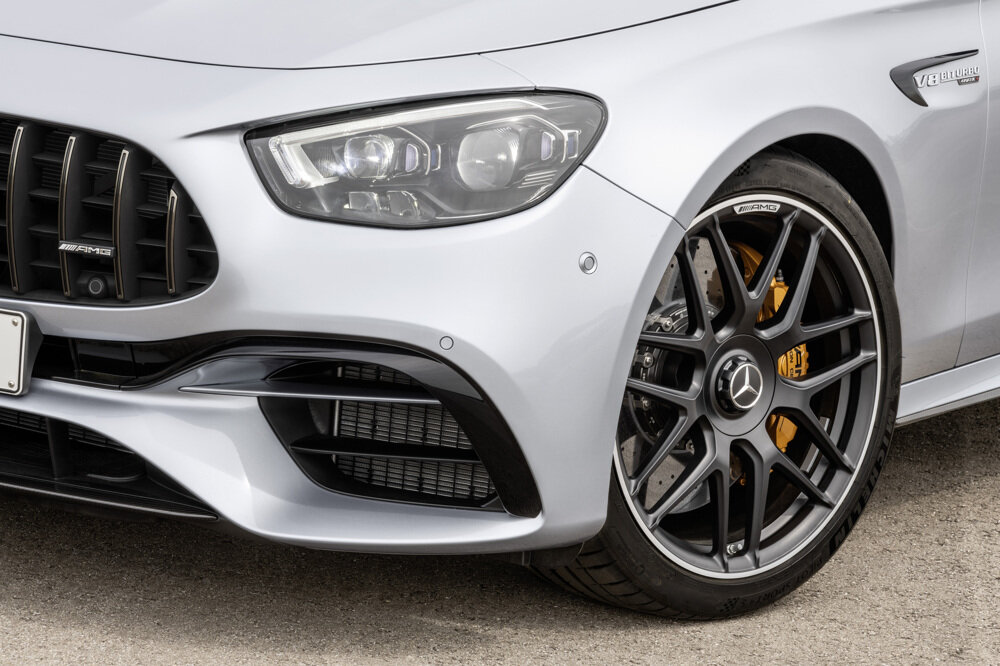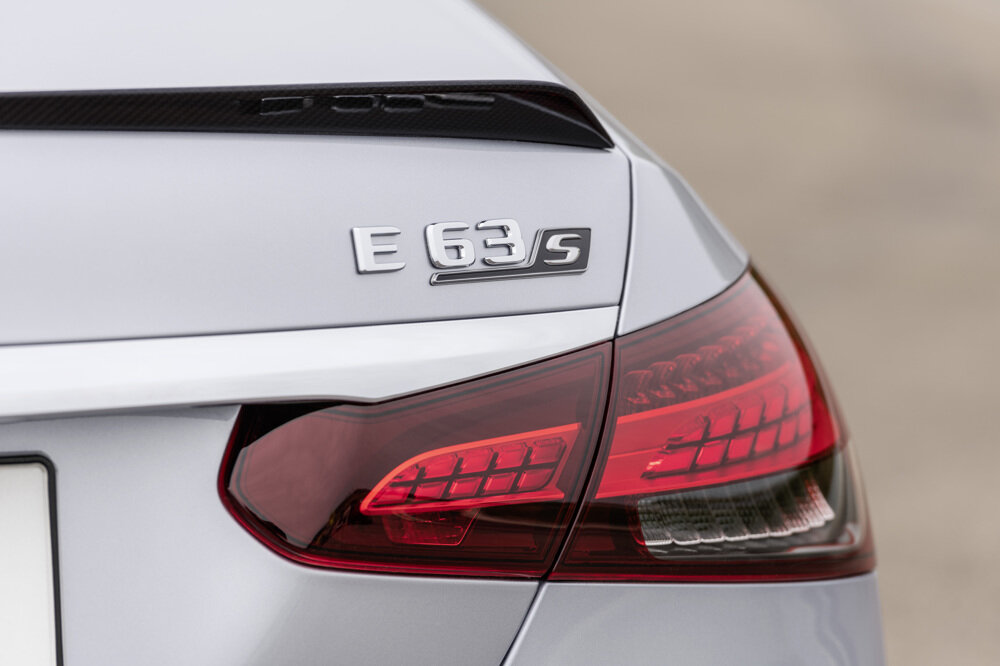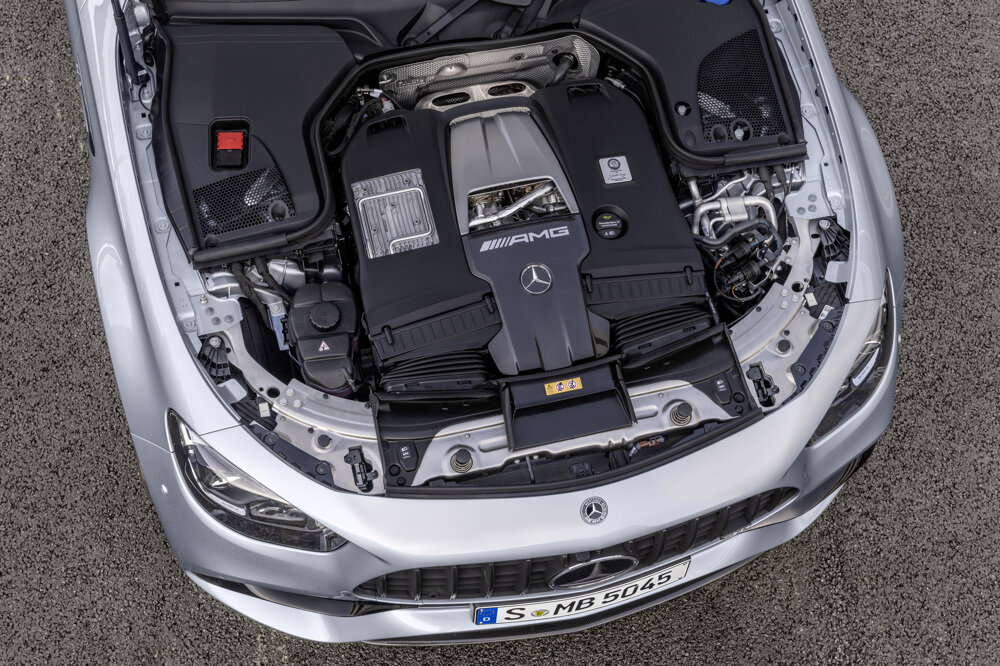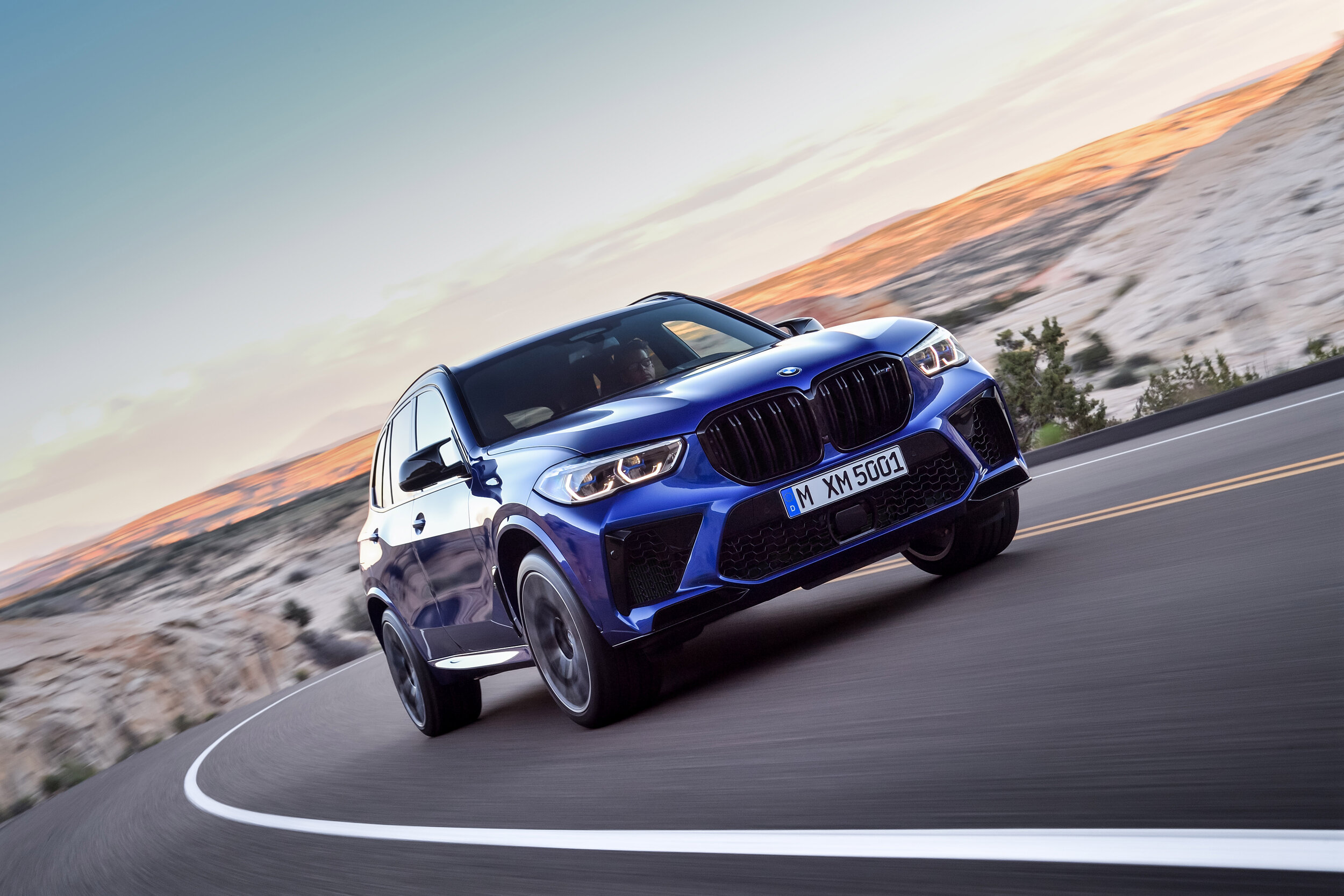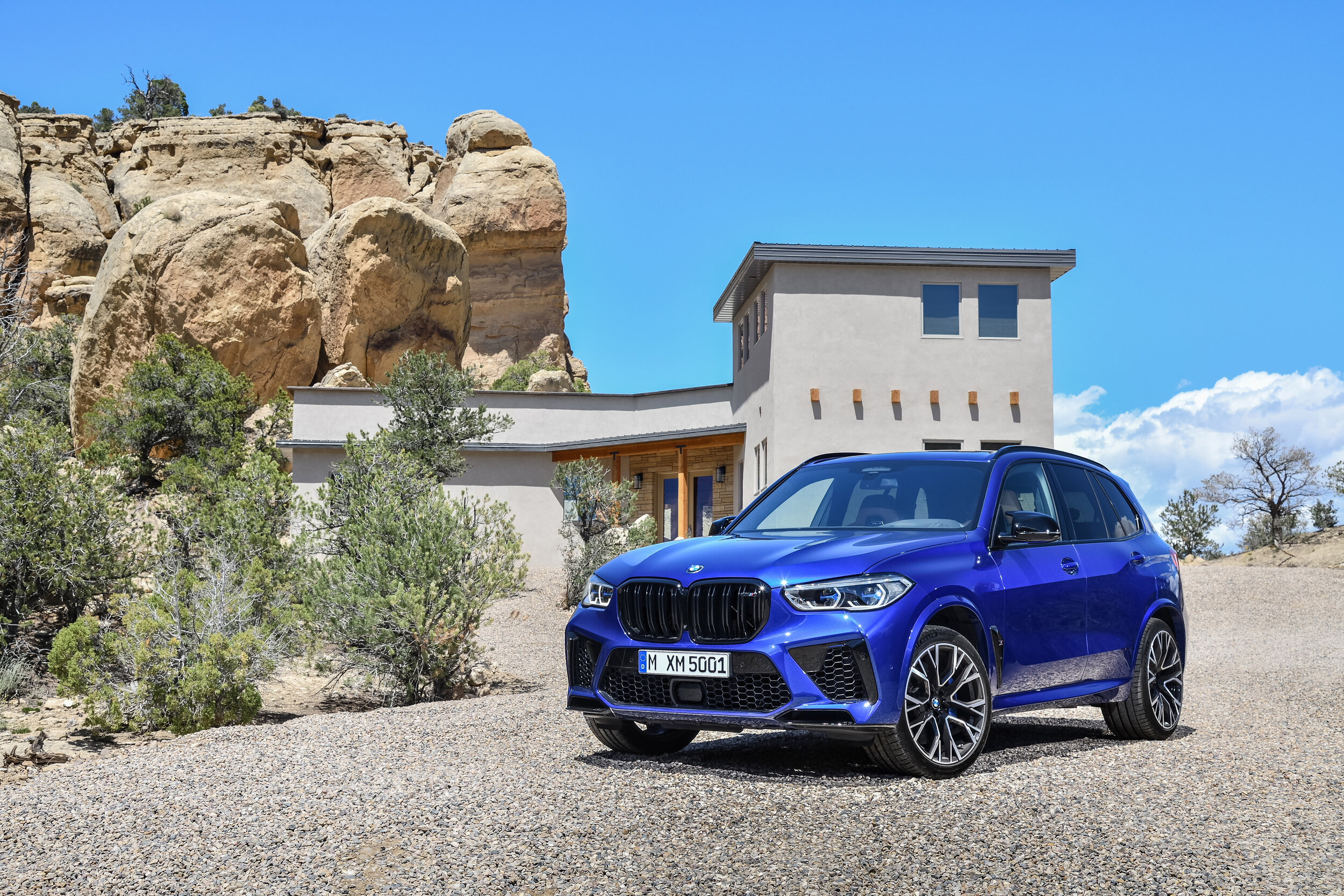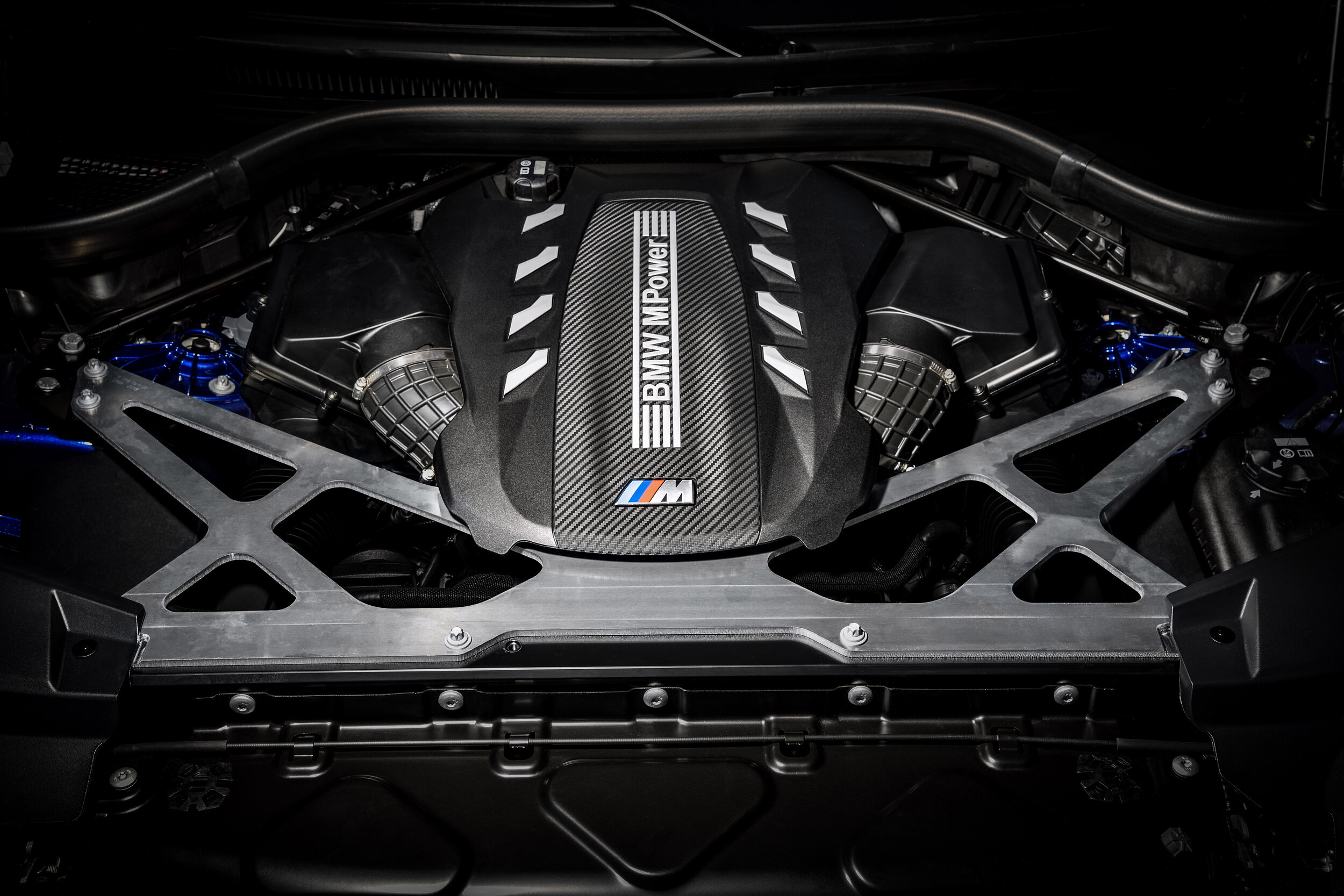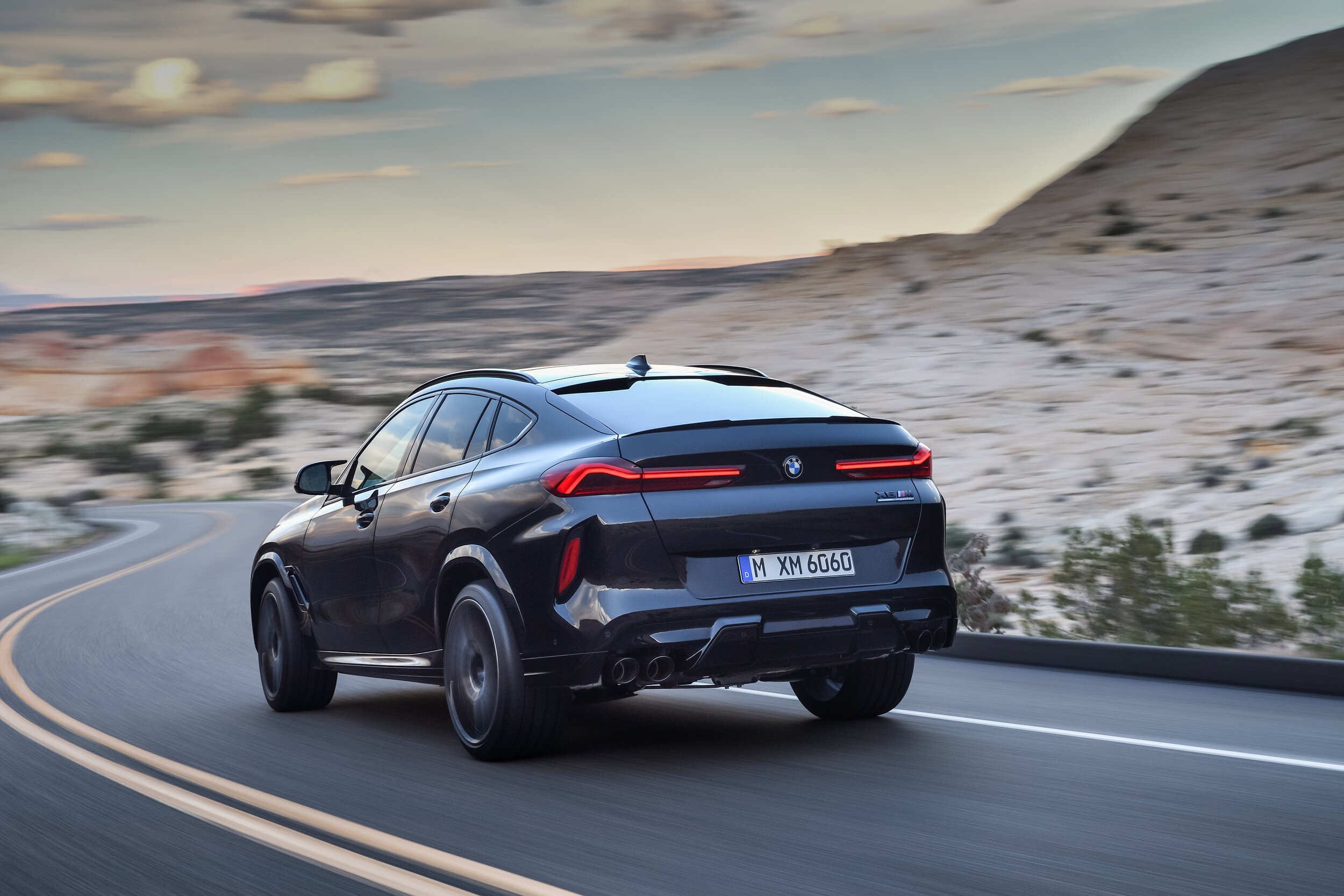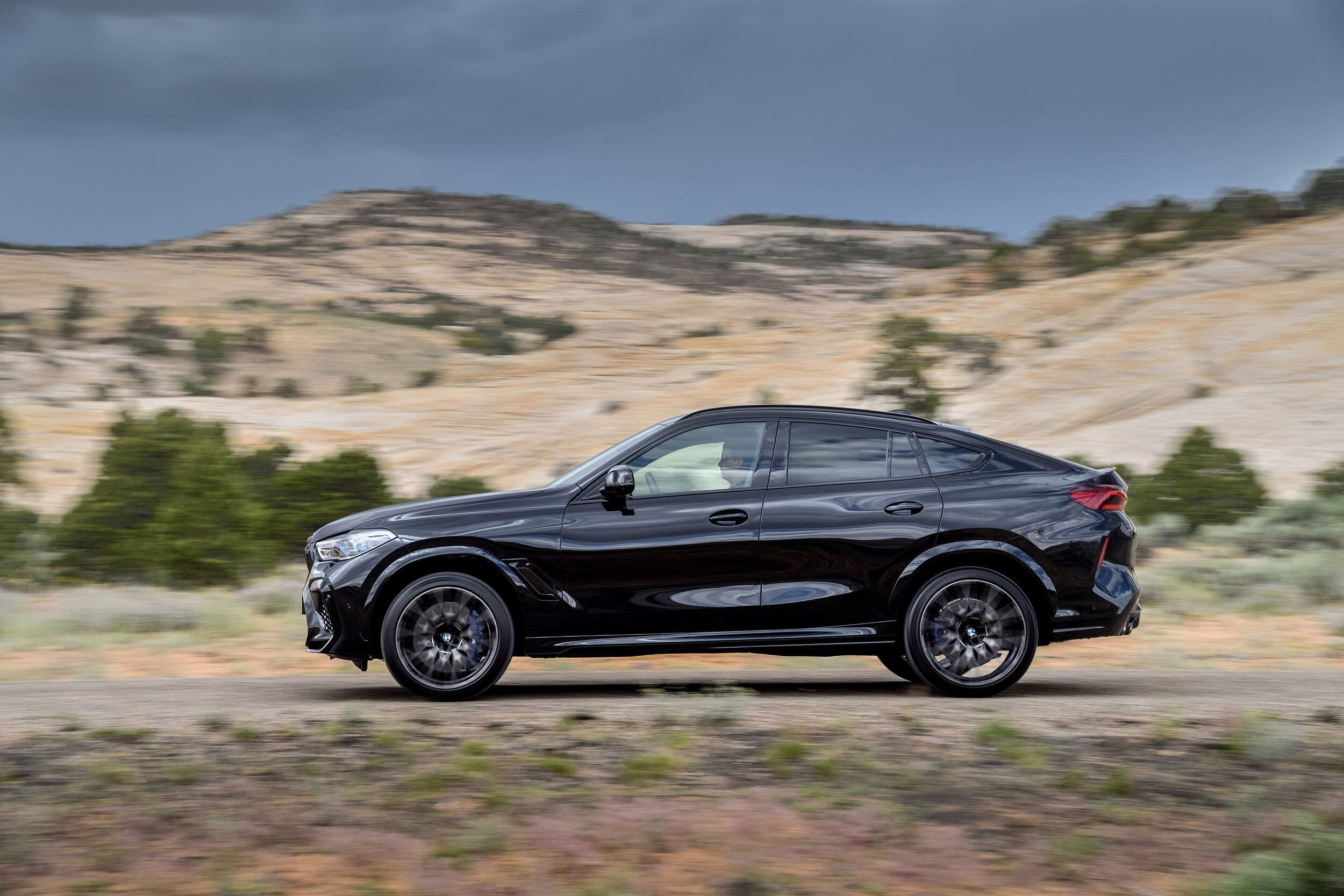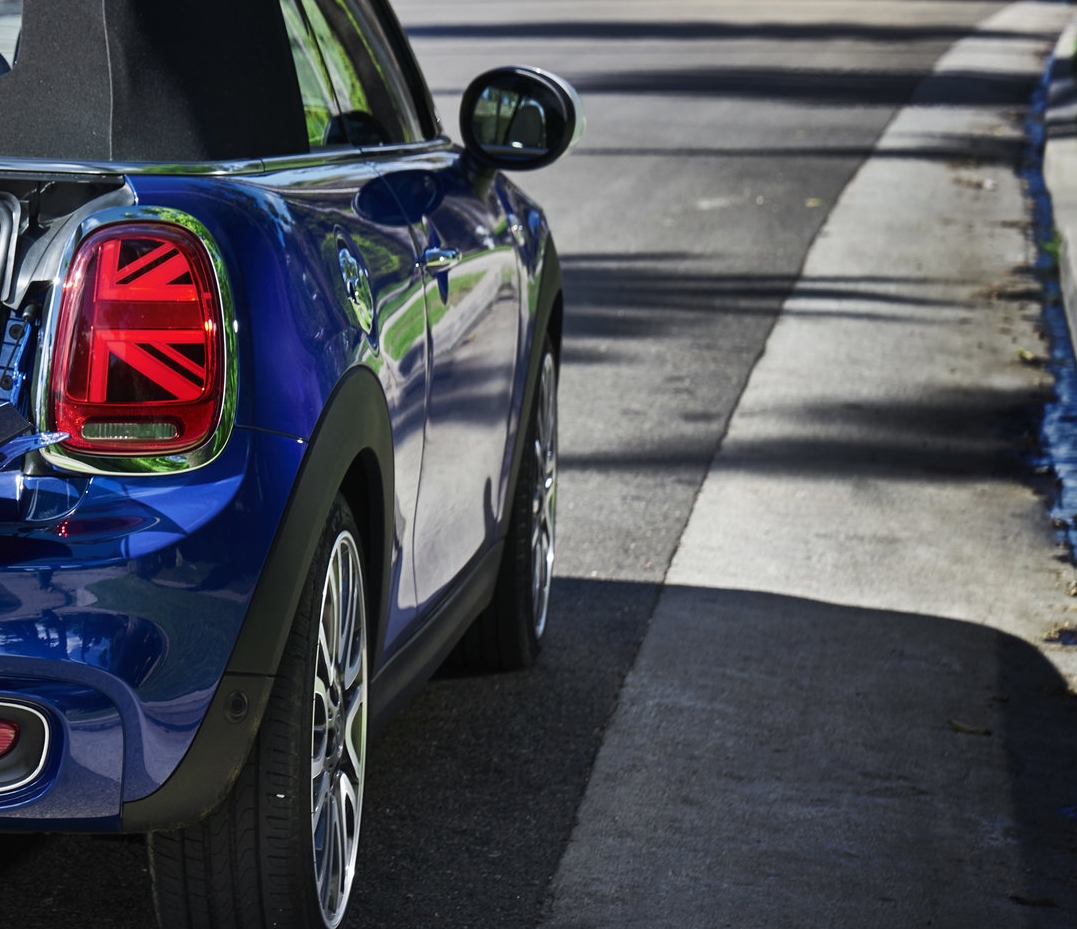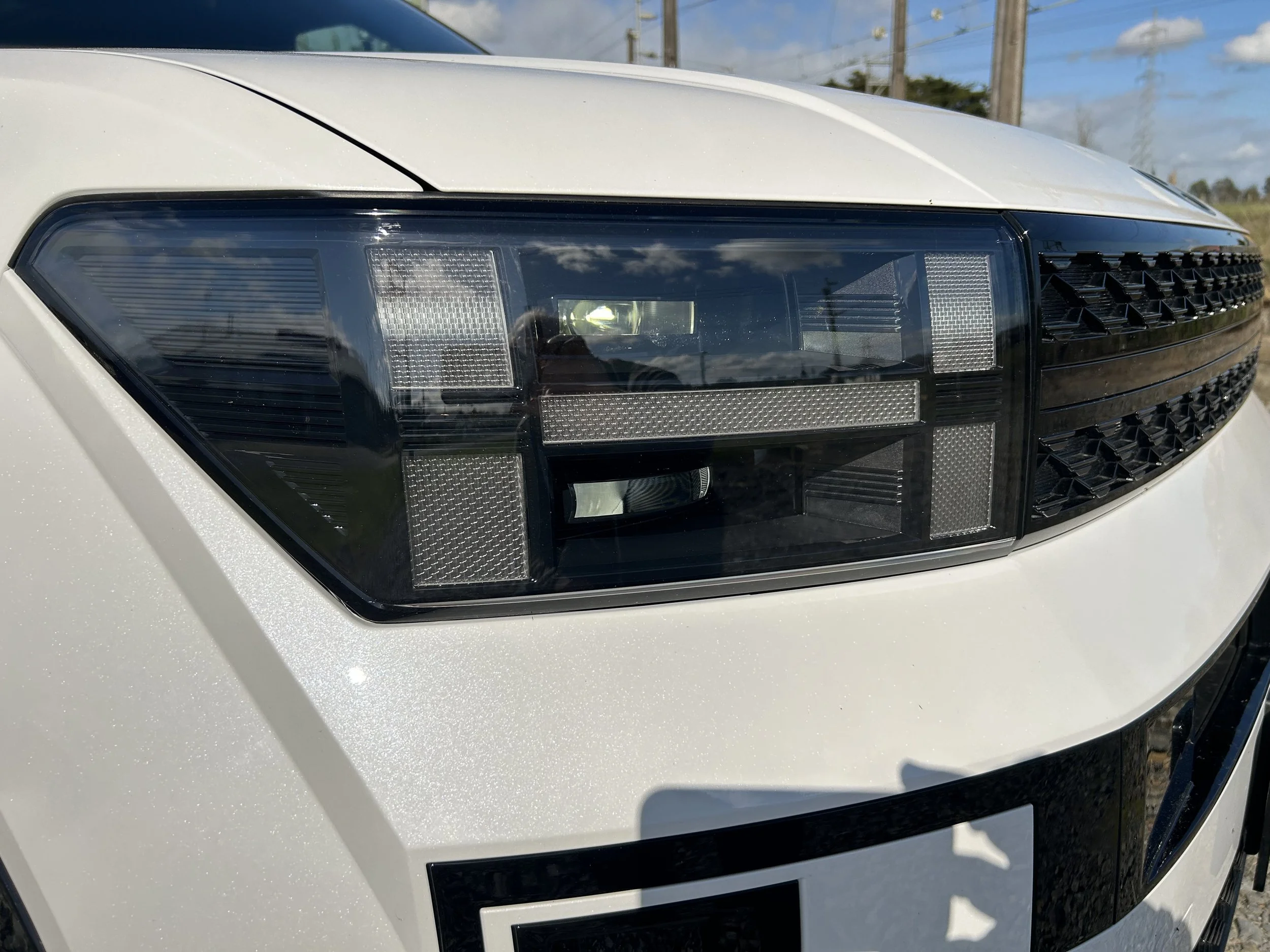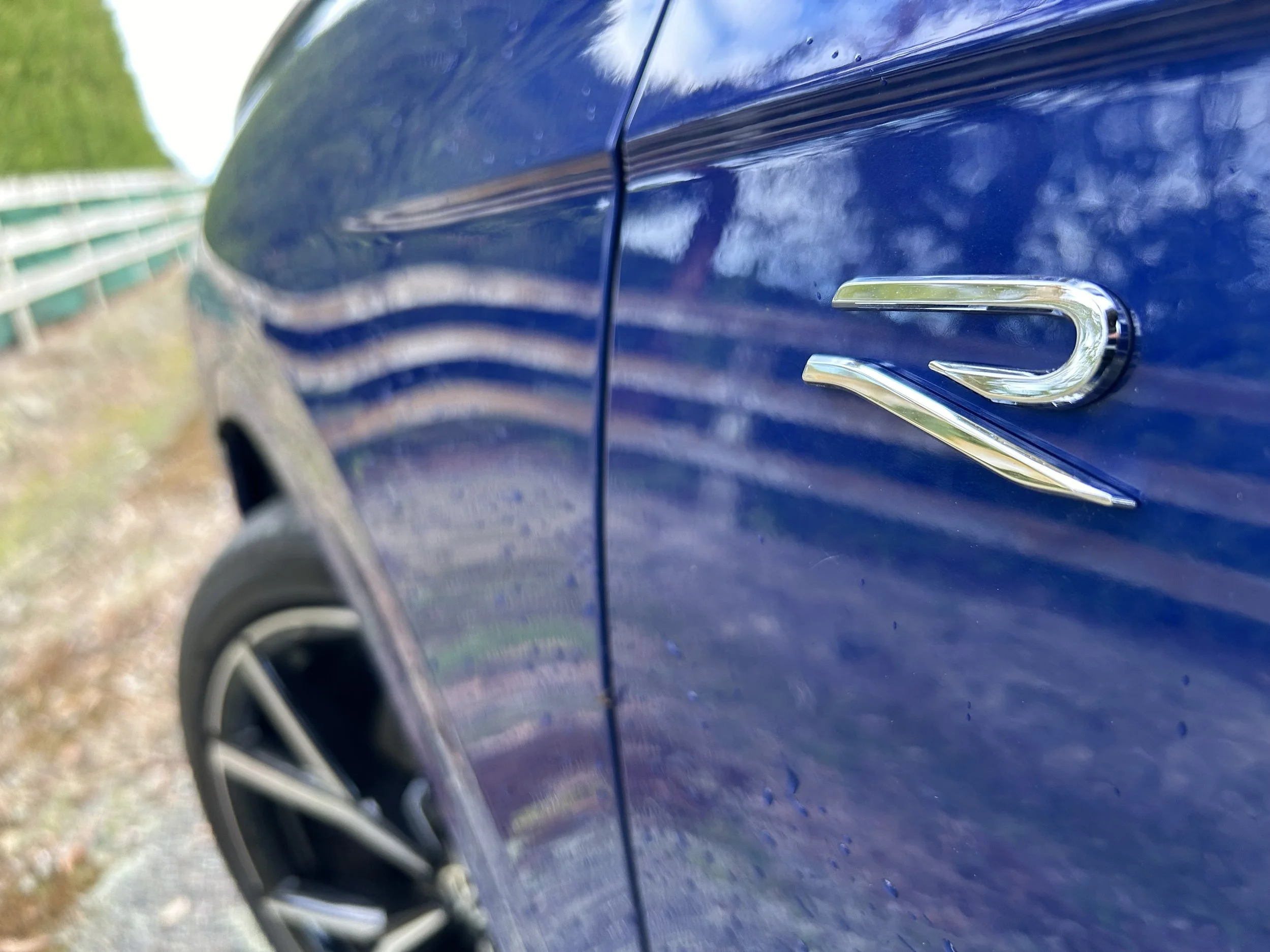Rear-drive Competition models start M3/4 roll-out
/BMW has announced pricing and confirmed specification.
BMW M-car fans looking to buy into the latest from the Munich make’s performance collection now know how much to set aside.
BMW New Zealand’s pricing for the M3 and M4, announced today ahead of availability from January, places the first at $168,900 and the other at $172,900, excluding on-road costs.
As previously reported, the brand has determined to deliver these model Competition trim, initially in rear-wheel-drive though an all-wheel drive xDrive variants are also coming. However, those cars won’t be seen until the end of 2021.
The engine is a twin-turbo 3.0-litre ‘S58’ inline six producing 375kW of power and 650Nm of torque, paired to an eight-speed automatic. BMW claims 0-100kmh in 3.9 seconds and 200kmh in 12.5 seconds. Top speed is limited to 250kmh, unless the BMW M Driver Package is added. That lifts the top speed to 290kmh.
Unsurprisingly, the specs between the coupe and sedan are by and large mirrored. Both deliver staggered 19-inch/20-inch wheel combination with optional semi-slicks, BMW Laserlight headlight technology, carbon-fibre reinforced roof panels, Merino leather interior trim with optional carbon-fibre M bucket seats, and Apple CarPlay and Android Auto.
Optional equipment includes red or black brake callipers, M’s carbon exterior package, remote engine start, BMW Drive Recorder, and forged wheels.
These 3-Series-based M models are highly distinctive, being the pathfinders for a giant vertical twin-kidney grille; a new styling feature than has proven divisive yet will likely be adopted by other BMW models.












